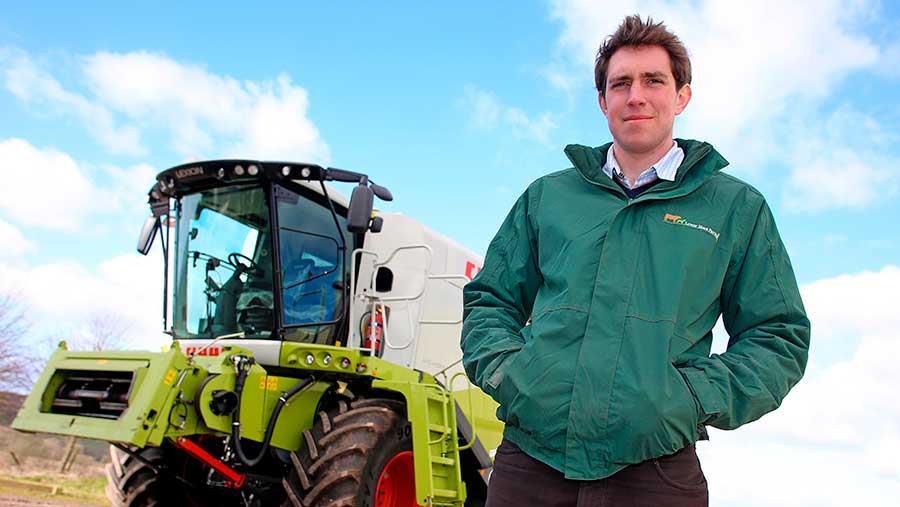Farmer Focus: ‘Beast from the East’ hits with a vengeance
 © Richard Stanton
© Richard Stanton After getting excited last week with everything drying out and it looking like we could get on with some fieldwork, we have since been hit by “the Beast from the East”.
It came with a vengeance and we had roads blocked with drifts level to the top of the hedges.
Mother Nature has an amazing way of evening itself out and after a reasonably dry autumn and winter, the ground will now be very wet.
See also: Frosty weather could cut costs for Hertfordshire wheat grower
All our time at the moment seems to be taken up with lambing, which is understandable, but I feel distinctly unprepared for the up-and-coming season. I am sure we will get there.
Spring oat contract
The oilseed rape is not looking too forward and green area indexes (GIA) are showing pleasing results.
Fields of rape that haven’t long been out of permanent pasture are showing a GIA of nearly three when I tested them recently, which means some of these fields will require very little additional nitrogen.
Recent changes to the new environmental impact assessment regulations have transformed a relatively straightforward application to efficiently determine whether fields can be brought into an arable rotation into a very complicated and drawn-out process.
Natural England is requiring very comprehensive information, some of which must be outsourced to specialist consultants, increasing time and costs.
Our marrowfat peas have finally left the farm, having only achieved 50% of the price we were getting for them two years ago, but I am sure the market will improve once the stocks have cleared.
All of our spring cropping will be spring oats this year, as I have managed to negotiate an attractive contract price. I’ve decided to use home-saved seed, as more growers are planting spring oats and seed prices have increased.

